Five Powerful Tips for a Remarkably Healthy Winter
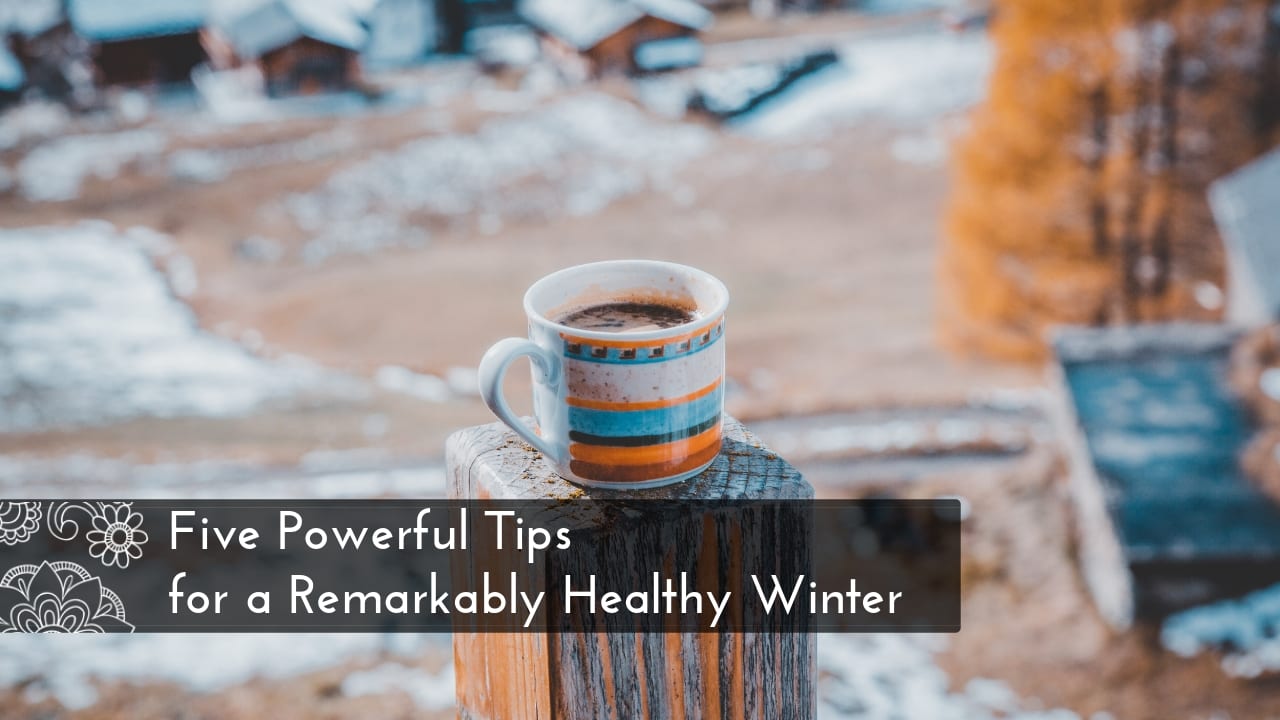
If Vata needed an ideal hangout, my small town in Idaho would certainly be a contender. Kapha’s retain their lovely skin on the cold, diamond, Idaho slopes. Pitta’s run around in shorts and long sleeve shirts when shoveling the driveway. Vata’s tend to remain windswept, cold and dry. I have Vata in my constitution and I am in the Vata stage of life. It’s a triple whammy. When Vata is aggravated, symptoms may appear such as cracked or chapped skin, eczema, constipation, cold hands and feet, anxiety and interrupted sleep-NOT FUN! What should you do when Vata’s gone wild? Here are some suggestions to keep Vata balanced through the Winter/Vata Season.
Begin Each Day with Gratitude
Every day is a new day and therein lies my first tip. One of the simplest ways to calm Vata costs nothing and takes less than a minute. Give thanks for your life, health, and opportunities. Send compassion and to all beings on the planet. Honor your ancestors and teachers. Honor and give thanks and love to your family, pets, and tribe for the lessons they have taught or are teaching you. Find the joy in each day.
Eat a Warm Grain Breakfast
A warm breakfast will slowly build up Agni for digestion throughout the day. Vata’s need more digestive fire than other dosha’s. Build your digestive fire with this delicious recipe:
Ingredients:
-¾ cup basmati rice
-¼ teaspoon powder cinnamon
-¼ teaspoon powder cardamon
-¼ teaspoon peeled and minced fresh ginger
-1 teaspoon ghee
-1 cup water or milk
Directions:
- Heat ghee in a pan over low heat
- Gently saute fresh minced ginger for one minute
- Add cinnamon and cardamom and stir.
- Add rice. Add water or milk
- Cook 5 minutes
- Serve whole or blend to a smooth texture to serve
*You may wish to add nuts and seeds: Raisins, almonds or sunflower
*Recommended grains for Vata: basmati rice, quinoa and steel cut oats
*Spices: ginger, cinnamon, cumin, and cardamon
For more info on Agni: https://yogahealer.com/portfolio_page/agni-ama-checklist/
Do a Daily Rub Down
The purpose of a daily oil massage or Abhyanga, as it’s known in Ayurveda, is to calm your nervous system, hydrate your skin and orifices and promote flexibility of muscles and joints. This helps keep Vata in balance and avoid the imbalances of hypertension, worry, and insomnia. In the winter, I have found jojoba, avocado and sesame oils nourishing for my uber dry skin.
Hey Vatas, don’t forget to take care of your Sinuses. Naysa oil for sinus is a must. 2-3 drops every morning to keep you breathing! https://garrysun.com/anu-oil
And the ears need some extra love during the winter! Massage a few drops of sesame oil around the ears.
https://www.banyanbotanicals.com/sesame-oil/
What can be more calming than a scalp massage with warm oil? Nothing like it to calm the nerves. I have been using Amla-Brahmi Hair Oil from Gary N Suns for a weekly scalp massage. When your hairdresser comments that your hair is healthier and asks what are you doing different you know that it works! https://garrysun.com/amla-brahmi-oil-hair-oil
Pelvic Floor: Vital-V-Wild-Yam-Salve from Moon Maid Botanicals. This product is chemical free.
www.moonmaidbotanicals.com/Vital-V-Wild-Yam-Salve_p_12.html
Stay Hydrated
Vata’s external signs of dryness usually show up on the skin and lips. Try natural lip balm and more abhyanga. Internal dryness may occur in the colon or large intestine. When the colon is not doing its job to reabsorb liquids, constipation may occur. To avoid this unfortunate imbalance, drink a Vata balancing tea. Teas for Vata Dosha include Ashwagandha, Triphala and Ginger and will help you stay hydrated during the day and stimulate digestion.
Recipe for Ginger Tea:
What You’ll Need:
-1 large fresh ginger root (peeled and cut into 1-inch chunks (8-10 chunks)
-5 cups of water
-Juice from ½ lemon
-½ tsp honey
-¼ tsp cinnamon
-Dash of cayenne powder
Directions:
- In a saucepan, simmer the ginger chunks in 5 cups of water for 20-30 minutes.
- Strain out the chunks
- Add lemon juice, honey, cinnamon and cayenne powder to your taste
*Ginger has been found to be a natural anti-inflammatory and improves absorption of nutrients in the colon
Wind Down with Yoga Nidra
Release the tensions of the day with Yoga Nidra. In Sanskrit, the word yoga means union and nidra means sleep. Yoga Nidra is a practice that blends breath with guided meditation inducing a state of consciousness between waking and sleeping. Yoga Nidra quiets the mind, promotes self-healing and to normalizes sleep. I have found it to be a very powerful practice for those with a Vata Dosha, especially during the winter. The benefits of Yoga Nidra that I have experienced include mental and emotional calmness and clarity during the day. When I practice Yoga Nidra I become aware of my emotional triggers, observe my behaviors, and respond, instead of react. This opportunity allows me to actively have a say in the amount of cortisol (stress hormone) I am asking my adrenal glands to release.
Never practiced Yoga Nidra? I recommend Yoga Nidra for Empowerment and Vitality with Meg McCraken, Ashleigh Sergeant via Gaia.
https://give.gaia.com/cjqwkj3cd004g01mr8cqquyoy
Another Yoga Nidra download I like: https://www.yoganidranetwork.org/downloads
Want to take a deeper dive by learning the physiology and science behind the practice of Yoga Nida? I suggest taking a course from Yoga International. https://yogainternational.com/
Dear Vatas, If you have a Vata strategy that has proved invaluable to you please share! This includes recipes, meditations, breath work, oils, etc… I would love to hear from you.
About the Yoga Health Coaching Blogger

Apply here if you want to get an exposure, learn about blogging and become a Yoga Health Coaching Blogger.



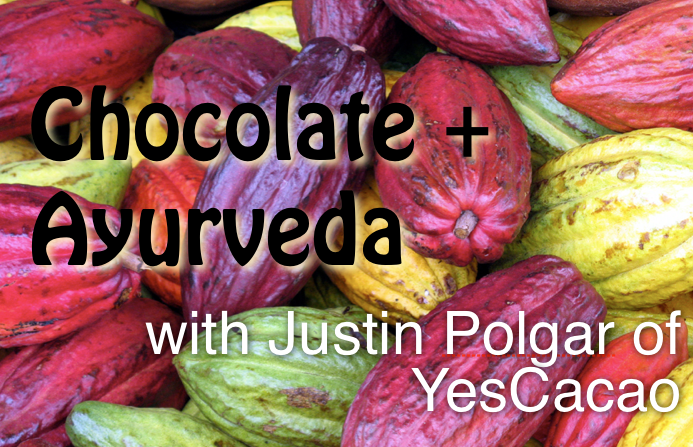
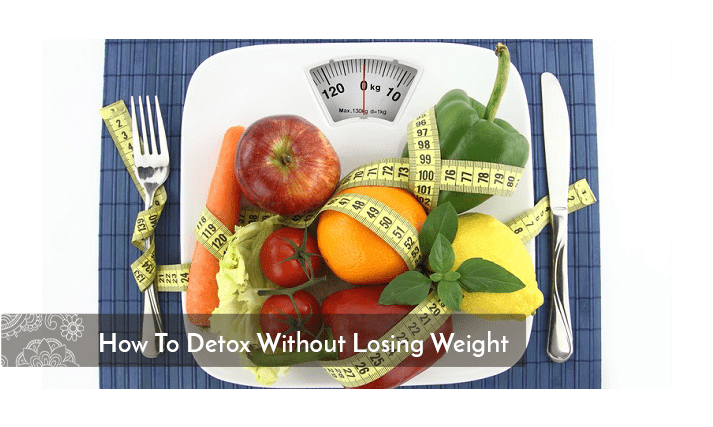
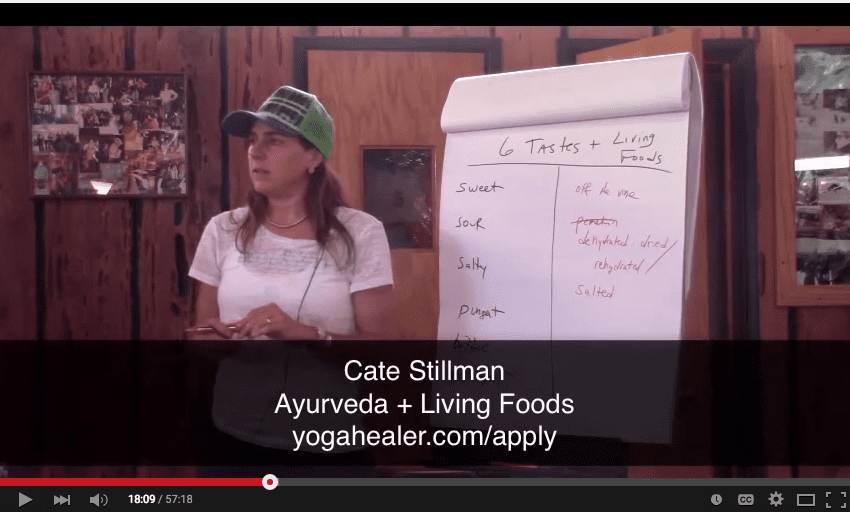


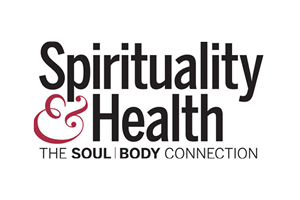


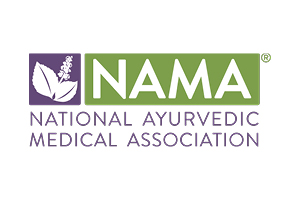

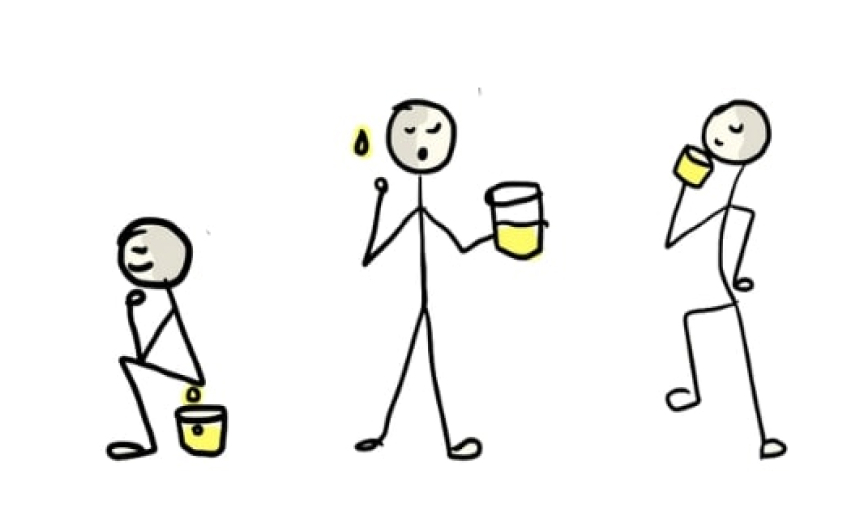
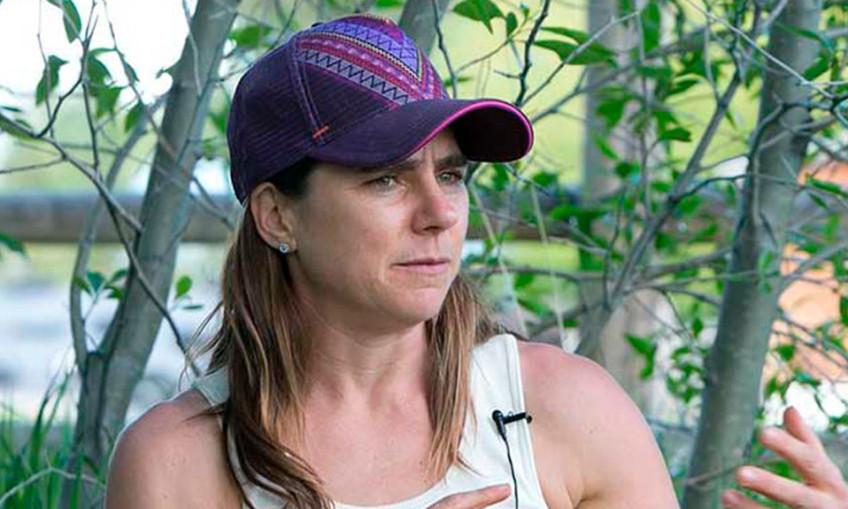
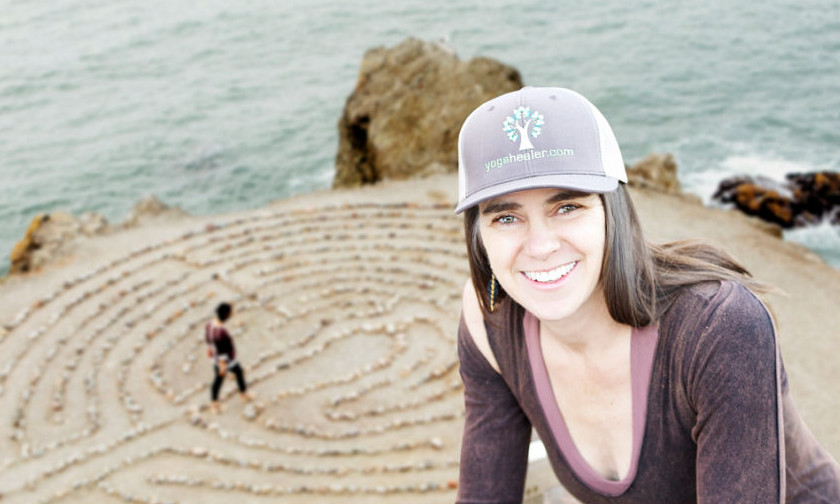
Comments
No comments yet, be the first to comment